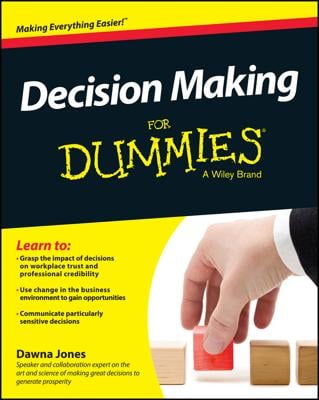The election process may be the easiest part of deciding who handles a particular job in the organization. Robert's Rules on elections are very straightforward after what is often a politically charged prequel of nominating and campaigning.
An election is really nothing more than the handling of an assumed motion, with the question being on whom to elect to fill a position. Like any incidental main motion, an election can be decided by voice vote or by ballot.
Electing by ballot
Ballot voting is by far the surest way to allow for the free expression of the will of the membership. When holding ballot elections, you have two procedural options:
-
Nominations for all offices conclude before any balloting begins. This saves time and allows for polling at a time and place other than a meeting. However, it disadvantages candidates who lose an election for a position decided earlier and then can't serve a different position.
When using this procedure, make it clear that a person can be nominated for and elected to more than one office. If a person is elected to two different positions, she can either choose which office to accept or serve in more than one position, if that's allowed.
-
Nominations for each office are followed by the election for that office. The main advantage here is that it allows members to consider the election results of one office before proceeding to the election of another office. You take nominations from the floor for one office, and when no further nominations are forthcoming, you proceed to the balloting for that office. This method requires more time for the election process, making it probably best limited to smaller groups.
No matter which procedure you use, the order in which you take up each election is the order in which the offices are listed in your bylaws.
Voting by ballot enables a member to vote for a candidate not formally nominated by writing in a name — a write-in vote. A write-in vote is a legal vote unless it's unintelligible or cast for an unidentifiable or ineligible person or for a fictitious character, in which case it's counted as an illegal vote.
Electing by voice vote
If your bylaws don't require you to conduct an election by ballot, and if candidates are unopposed or there's no major contest for an office, you can save time with a simple voice vote (or viva voce). After nominations are closed, the vote is taken on each nominee in the order in which they were nominated.
Because this form of voting favors one candidate over another based on the order of nomination, you should avoid using it except in mass meetings or when there's no serious contest for the office and a ballot is not required. If members don't understand exactly how it works, the ones whose preferred candidate doesn't get voted on are likely to think something is amiss.
Electing by roll call
If your assembly's members are accountable to a constituency, your rules may require you to conduct your elections by roll-call vote. You follow the same procedures for elections by ballot, as far as arriving at the point of the election is concerned, but instead of casting your vote by ballot, each member announces his vote when the secretary calls that person's name. The secretary repeats the vote after recording it, to ensure accuracy.
Determining who wins
Elections are decided by majority vote unless your bylaws provide differently. In a voice vote, the winner is easy to determine and the vote is over when someone wins the election. When it comes to ballot elections, your election isn't complete until a position is filled, and a position is never filled until a candidate receives the threshold number of votes required for election. In most cases, the threshold is a majority of the votes cast. If you have only two candidates and the vote is a tie, you repeat the balloting until one candidate receives a majority.
Balloting must continue until a candidate receives a majority. It's never proper to drop the candidates receiving the lowest vote totals from a ballot unless they withdraw voluntarily. That means run-offs are just plain out of order. The requirement for election by ballot is a majority, and a candidate has no obligation to withdraw just because he polls low numbers. Your members may wind up voting for Mr. Low as the compromise candidate.

